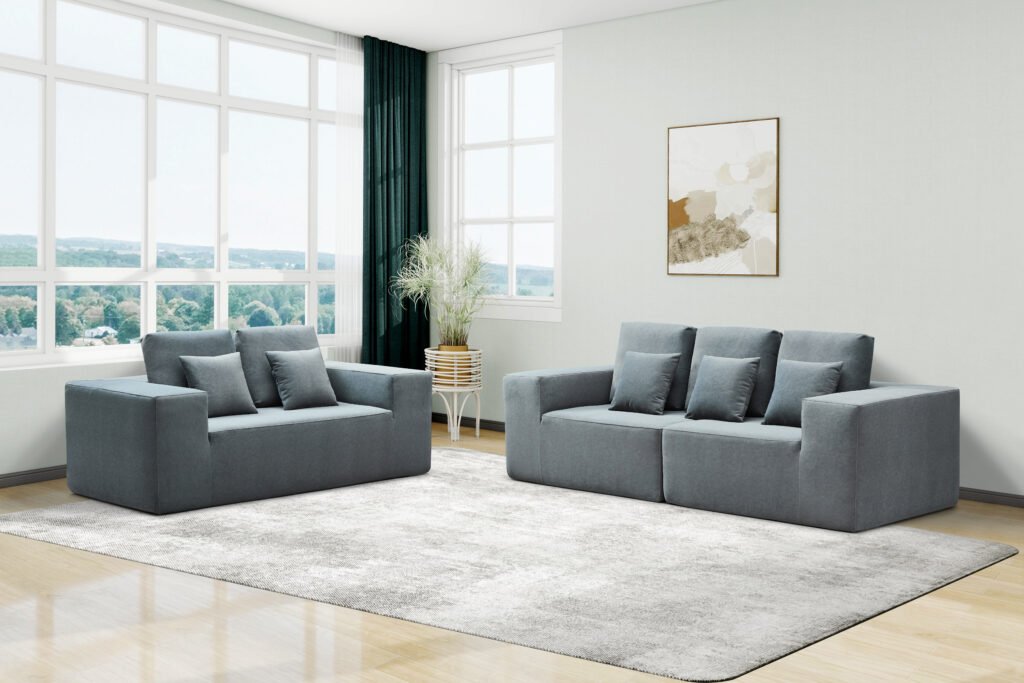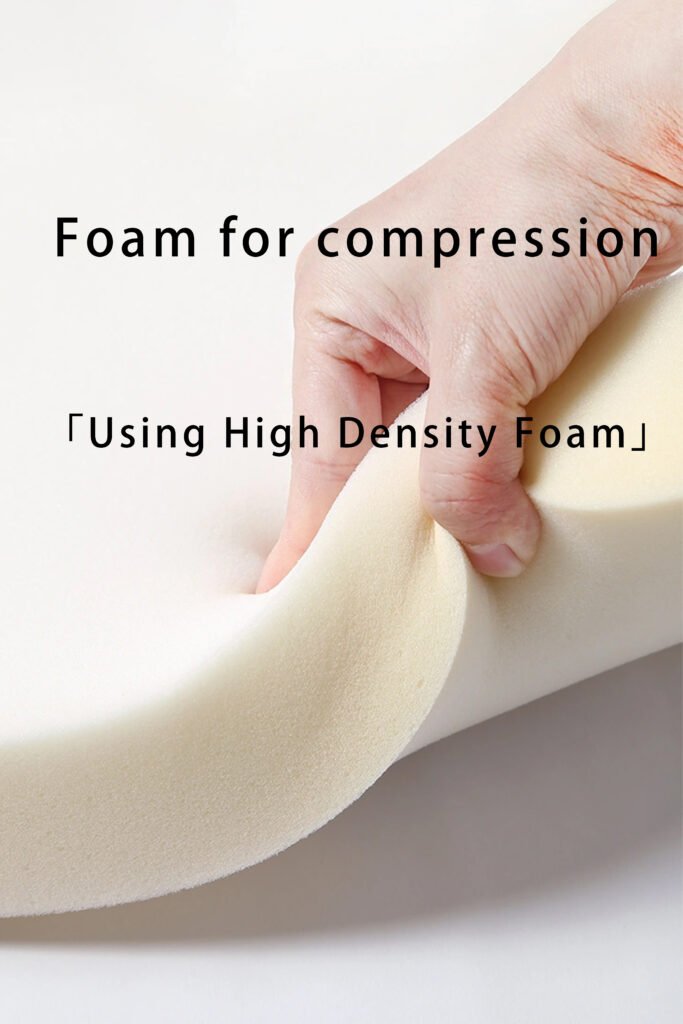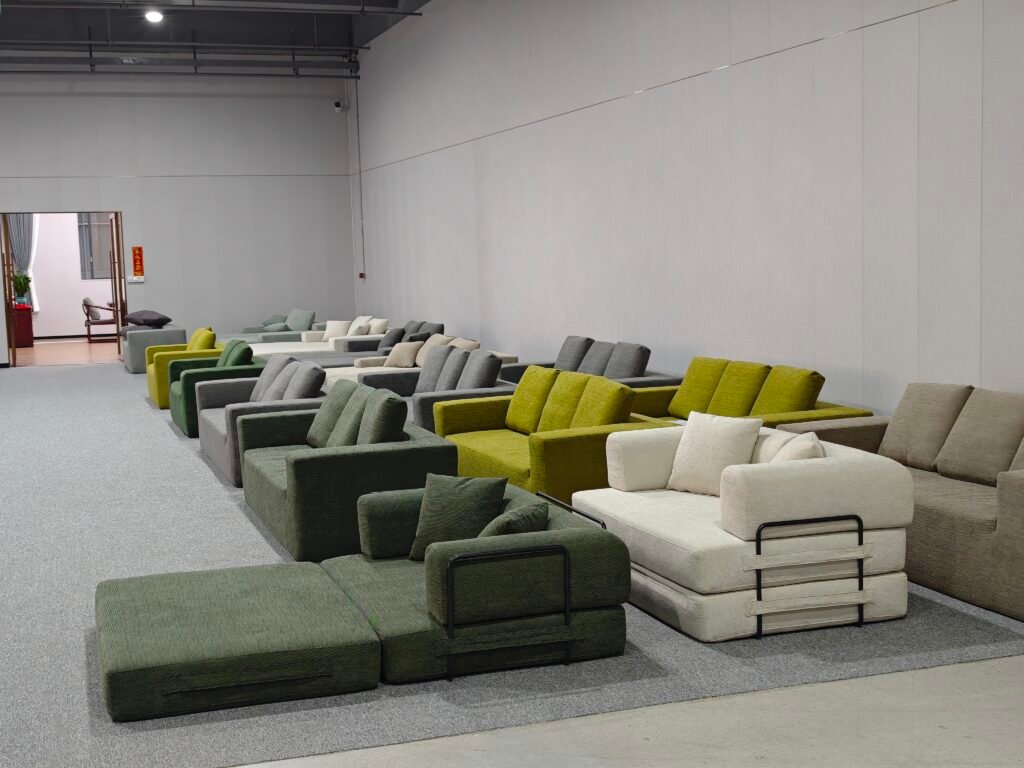Compressed sofas have transformed the way furniture is shipped and stored, offering convenience and space efficiency. However, there are times when you may need to reseal a compressed sofa for temporary storage—whether due to moving delays, renovation projects, or seasonal storage. Proper resealing is crucial to protect the sofa’s integrity, prevent damage, and maintain comfort for future use.
This detailed guide will walk you through the step-by-step process of safely resealing a compressed sofa, common challenges, and expert tips from industry leaders like Modular-Sofas.com. Drawing inspiration from preservation techniques such as those used in champagne bottle storage, we emphasize airtight sealing, moisture control, and careful handling to keep your sofa in pristine condition.


Why Reseal a Compressed Sofa?
Resealing a compressed sofa is necessary when:
- You need to store the sofa temporarily before final delivery or use.
- The original vacuum seal has been broken during unpacking or inspection.
- You want to protect the sofa from dust, moisture, pests, or environmental damage.
- You plan to move the sofa again and want to maintain its compressed state.
Without proper resealing, the sofa can expand prematurely, become exposed to contaminants, or suffer from fabric and foam degradation.
Understanding the Components of Compressed Sofa Packaging
Compressed sofas are typically sealed in:
- Vacuum-sealed plastic bags or films: These airtight covers remove air to maintain compression.
- Protective outer layers: Cardboard or fabric covers that shield against physical damage.
- Sealing mechanisms: Heat seals, adhesive tapes, or zip-lock style closures.
Successful resealing involves restoring or replicating these components to ensure airtightness and protection.
Step-by-Step Guide to Resealing a Compressed Sofa
1. Prepare the Sofa for Resealing
- Inspect the sofa: Ensure no damage to cushions, fabric, or frame.
- Clean the sofa: Remove dust or debris from the surface.
- Compress the sofa: Gently compress the sofa back to a compact shape. Use manual pressure or compression straps if available.
2. Select Appropriate Packaging Materials
- Vacuum-seal bags: Use heavy-duty plastic bags designed for compression.
- Plastic wrap: Industrial-grade stretch wrap can provide airtight coverage.
- Sealing tools: Vacuum pump, heat sealer, or strong adhesive tape.
3. Vacuum Seal the Sofa
- Insert the sofa into the vacuum bag: Place the compressed sofa inside the bag, ensuring it fits without excessive folds.
- Seal the bag partially: Close the bag leaving a valve or opening for vacuuming.
- Remove air: Use a vacuum pump or household vacuum cleaner with a hose attachment to suck out all air.
- Seal completely: Once air is removed, seal the bag fully using heat sealing or airtight clips.


4. Reinforce the Packaging
- Apply stretch wrap: Wrap the vacuum-sealed sofa with plastic stretch film to add an extra protective layer.
- Secure with straps: Use compression straps or bands to maintain tightness.
- Label the package: Mark the package with storage dates and handling instructions.
5. Store Properly
- Choose a dry, climate-controlled area: Avoid damp or extreme temperature environments.
- Keep off the ground: Use pallets or shelves to prevent moisture damage.
- Avoid stacking heavy items on top: Protect the sofa’s shape and structure.
Common Challenges and Solutions in Resealing
| Challenge | Cause | Solution |
|---|---|---|
| Air leaks in vacuum bag | Poor sealing or punctures | Use high-quality bags and double-seal edges |
| Moisture buildup | Humidity or trapped water | Store in dry environment; add desiccants |
| Bag punctures or tears | Sharp edges or rough handling | Reinforce with stretch wrap; handle carefully |
| Difficulty compressing sofa | Large or rigid sofa components | Use compression straps or professional help |
| Inadequate sealing equipment | Lack of vacuum pump or heat sealer | Rent or purchase proper sealing tools |
Tips for Effective Temporary Storage of Compressed Sofas
- Monitor storage conditions regularly: Check for signs of moisture or damage.
- Avoid prolonged storage: Extended compression can stress foam; unpack and air out sofa periodically.
- Use breathable covers for long-term storage: Prevent mold and mildew.
- Keep documentation: Retain packaging and resealing instructions for future reference.
How Modular-Sofas.com Supports Customers in Sofa Storage
At Modular-Sofas.com, we understand the importance of maintaining sofa quality during storage and transit. Our commitment includes:
- Providing durable vacuum-sealed packaging designed for easy resealing.
- Offering detailed instructions for customers on how to compress, reseal, and store sofas safely.
- Supplying professional-grade sealing materials upon request.
- Customer support to troubleshoot resealing or storage concerns.
- Designing modular sofas that facilitate easier compression and re-compression.


Comparison Table: Resealing Methods for Compressed Sofas
| Method | Pros | Cons | Best Use Case |
|---|---|---|---|
| Vacuum Bag with Pump | Airtight, maintains compression well | Requires vacuum equipment | Short to medium-term storage |
| Heat Sealing Plastic Bags | Durable, airtight seal | Needs heat sealer, risk of melting | Professional or industrial use |
| Stretch Wrap Only | Easy, flexible, adds protection | Not airtight alone | Supplementary protection |
| Compression Straps + Plastic Wrap | Maintains shape, adds mechanical support | Does not remove air | When vacuum sealing unavailable |
| DIY Tape Sealing | Accessible, low cost | Poor airtightness, risk of leaks | Emergency or short-term fixes |
Lessons from Champagne Preservation: Airtightness Is Key
Just as champagne bottles require airtight seals to preserve bubbles and freshness, compressed sofas need airtight packaging to maintain their compressed state and protect foam integrity. Techniques like vacuum sealing and careful temperature control are essential in both contexts.


Conclusion
Resealing a compressed sofa for temporary storage is a delicate but manageable process that protects your investment and ensures the sofa remains in optimal condition. By following the outlined steps—preparing the sofa, selecting proper materials, vacuum sealing, reinforcing packaging, and storing correctly—you can safely store your compressed sofa for weeks or months.
Modular-Sofas.com exemplifies best practices in packaging and customer education, providing high-quality sofas and expert guidance to make resealing and storage straightforward and effective.
Whether you’re a homeowner, mover, or furniture professional, mastering resealing techniques extends the life and comfort of your compressed sofa, much like preserving the sparkle in a cherished bottle of champagne.